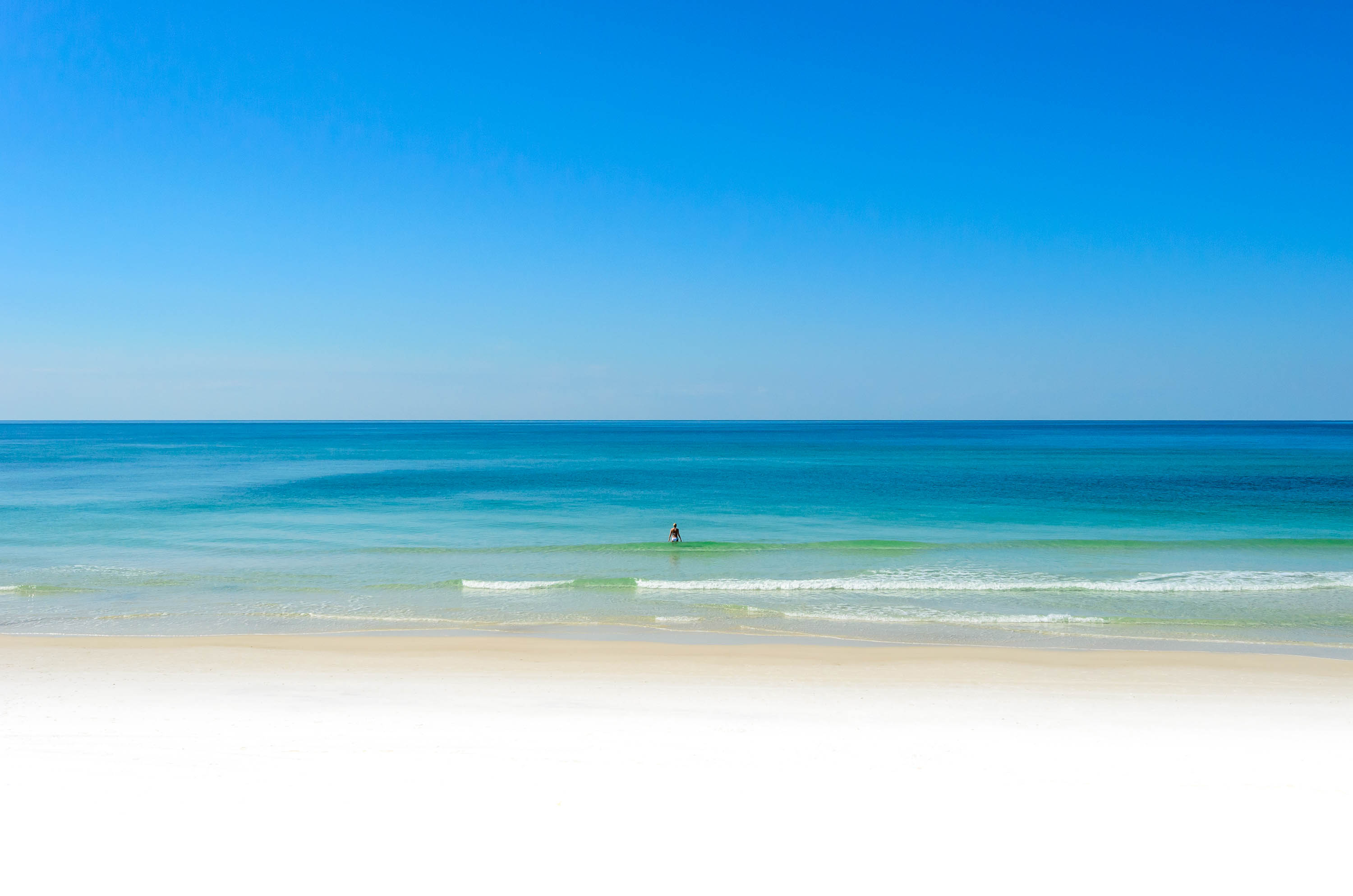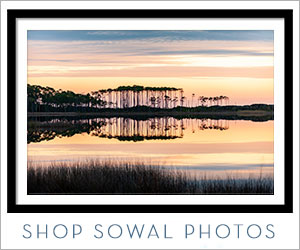"for all practical purposes" was part of the living on a barrier island in my statement. i was speaking in regards to the the erosion on our beach fronts being the same as for instance Pensacola Beach/Santa Rosa island.
Beach scrapings adding volume to dunes (wishful thinking) is only true until the next wave washes the softened sand away to a new location. And my point was that adjacent beaches are affected and negatively. When you start at the water line and scrape to the dunes line you lower the beach which allows even smaller waves to rush to the dune base.
Lakes being low spots makes sense as a catchers mitt for debris. And of course the erosion from a 25 foot strorm surge with 20 foot waves on top will be much more destructive than just thousand of pounds of floating debris crashing into the dunes "all by it self." But i would not call the effect of the structues bashing dune tops and middles minimal.
As you mentioned i do believe future erosion in the non fortified natural areas will be accelerated by adjacent beach activities. I was not around in 1872 but in 1952 i can tell you that there were hundreds of higher more majectic dunes from Pensacola to to Mexico Beach and i may be wrong on nature vs. development which knocked down more dunes but my guess would be the big "D".
BH
I want you to know that my point was not to argue with you but to outline that there has been a tremendous amount of scientific data that has been collected and analyzed about SOWAL and to highlight some of the things that have been learned. Here's another attempt.
One it isn't accurate to compare Walton County to ANY other area in Florida. We are a pleistocene mainland, not a barrier island and are not subject to overwash like barrier islands. Our 25-60 foot high dunes do not allow that process to occur so that is a red herring.
Secondly you stated that scraping only places sand at the dune until the next storm. I agree but how is that any different than aeolian transport. The sand that is blown from the beach naturally to the dunes is also loose and will likely wash away at the next storm. I was not debating the effect of the scraping on the beach but since you mentioned it. In Walton Cty after Ivan, it consisted of the movement of sand along the waters edge to the toe of the dune not across the entire beach and was a miniscule amount that provided emergency protection for TS Arlene. No scraping was done after Dennis. That being said, there was a study conducted in Walton Cty that documented after Opal that the beaches that were scraped recovered as quickly as the beaches that were not scraped so they could not discern a negative impact. That study was commissioned by the FDEP.
As for structure impacts, I was once again speaking of a specific time period from before Ivan to after Dennis. There was only about a 6-8 ft storm surge with about a 2-4 ft wave and Ivan was largest storm on record to have impacted sowal since the late 1800's. In this case the waves impacted the bottom of the dunes leading to more of a cliff failure scenario where the toe is washed out and the top falls. Not an overwash so structures were primarily bouncing around the beach and toe of the dune. The losses were on the order of 20-30 cubic yards of sand per foot of beach in some areas. As an expert in this field, I would say with some level of confidence that structure impacts were minimal compared to water. Moreover the damage of foot traffic if walkovers weren't used where we have the high dunes would lead to more damage to the dune system than storm debris.
Finally, I agree that the number one danger to the beach and dunes in Sowal is improper siting of structures along the dune areas in Walton County. However, we haven't seen those impacts yet, and won't until those structures are hit by waves and storm surge.
On a side note, this is a lot of typing on a PDA so I expect some rep points













